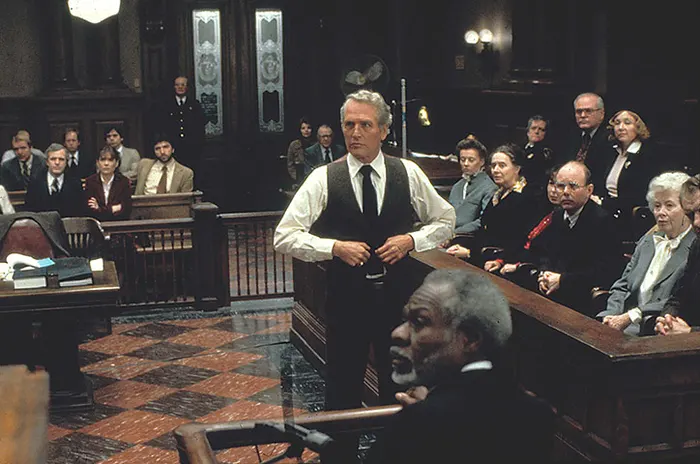As to powers of the appellate court Supreme Court in Sanwat Singh & Ors. v. State of Rajasthan (1961) 3. S.C.R. 120 laid down three principles.
First, the appellate court had power to review the evidence upon which the order of acquittal is founded.
Second, the principles laid down by the Judicial Committee in Sheo Swarup v. King Emperor 61 I.A. 398 are a correct guide for the approach by an appellate court.
These principles are that the views of the trial Judge as to the credibility of the witnesses, the presumption of innocence in favour of the accused, the right of the accused to the benefit of doubt and the slowness of an appellate court in disturbing the finding of fact arrived at by a Judge who had the advantage, of seeing the witnesses are the ‘rules and principles’ in the administration of justice.
Thirdly, the appellate court in coming to its own conclusion should not only consider every matter on record having a hearing on the questions of fact and the reasons given by the trial court in support of the order of acquittal, but should also express reasons to hold that the acquittal was not justified.
The Court in Khedu Mohton & Ors. v. State of Bihar A.I.R.. 1971 S.C. 66 set aside the judgment of the High Court and restored that of the Sessions Judge by acquitting the appellants because the High Court did not deal with finding of the first appellate court that it was unsafe to place reliance on the evidence of four prosecution witnesses who were interested witnesses.
Another feature which vitiated the approach of the High Court in that case was that there was a delay of 8 days in filing the complaint and the first appellate court said that it threw a great deal of doubt on the prosecution story. The High Court made reference to some information lead before the Police and did not properly assess the delay in the filing of the complaint.
The Court found there that the information before the police prior to the complaint was an application that there was an apprehension of breach of peace. It is in this context of facts that this Court said that the High Court was wrong in setting aside the acquittal. Once the appellate court came to the conclusion that the view of the trial court was unreasonable that itself would provide a reason for interference.
Again if it was found that the High Court applied the correct principles in setting aside the order of acquittal Supreme Court would not ordinarily interfere with the order of conviction passed by the High Court in an appeal against acquittal or review the entire evidence where the High Court was right in its view of evidence. Therefore, if the High Court has kept in view the rules and principles of appreciation of the entire evidence and has given reasons for setting aside the order of acquittal this Court would not interfere with the order of the High Court. [Harbans Singh and Anr. v. State of Punjab [1962] Suppl. (1) S.C.R. 1041]
Supreme Court in Nihal Singh & Ors. v. State of Punjab (1964) 4 S.C.R. 5 said that there were two ways of dealing with an appeal by this Court from an order of conviction setting aside an acquittal. One of the modes was to go through the evidence and find out whether the High Court had infringed the principles laid down in Sanwat Singh v. State of Rajasthan (supra) or whether the appeal was an exceptional one within the ruling of this Court in State of Bombay v. Rusy Mistry A.I.R. 1960 S.C. 391 where the finding was such that ‘it shocks the conscience of the court or that it disregarded the forms of legal process or substantial and grave injustice had been done.
In dealing with an appeal against an acquittal the High Court can go into the questions of law and fact and reach its own conclusion on evidence provided it pays due regard to the fact that the matter had been before the Court of Sessions and the Sessions Judge had the chance and opportunity of seeing the witnesses depose to the facts. [Laxman Kalu Nikalie v. The State of Maharashtra (1968) 3 S.C.R. [685]].
Reference
Damodarprasad Chandrikaprasad vs State Of Maharashtra [1972 AIR 622, 1972 SCR (2) 622]
